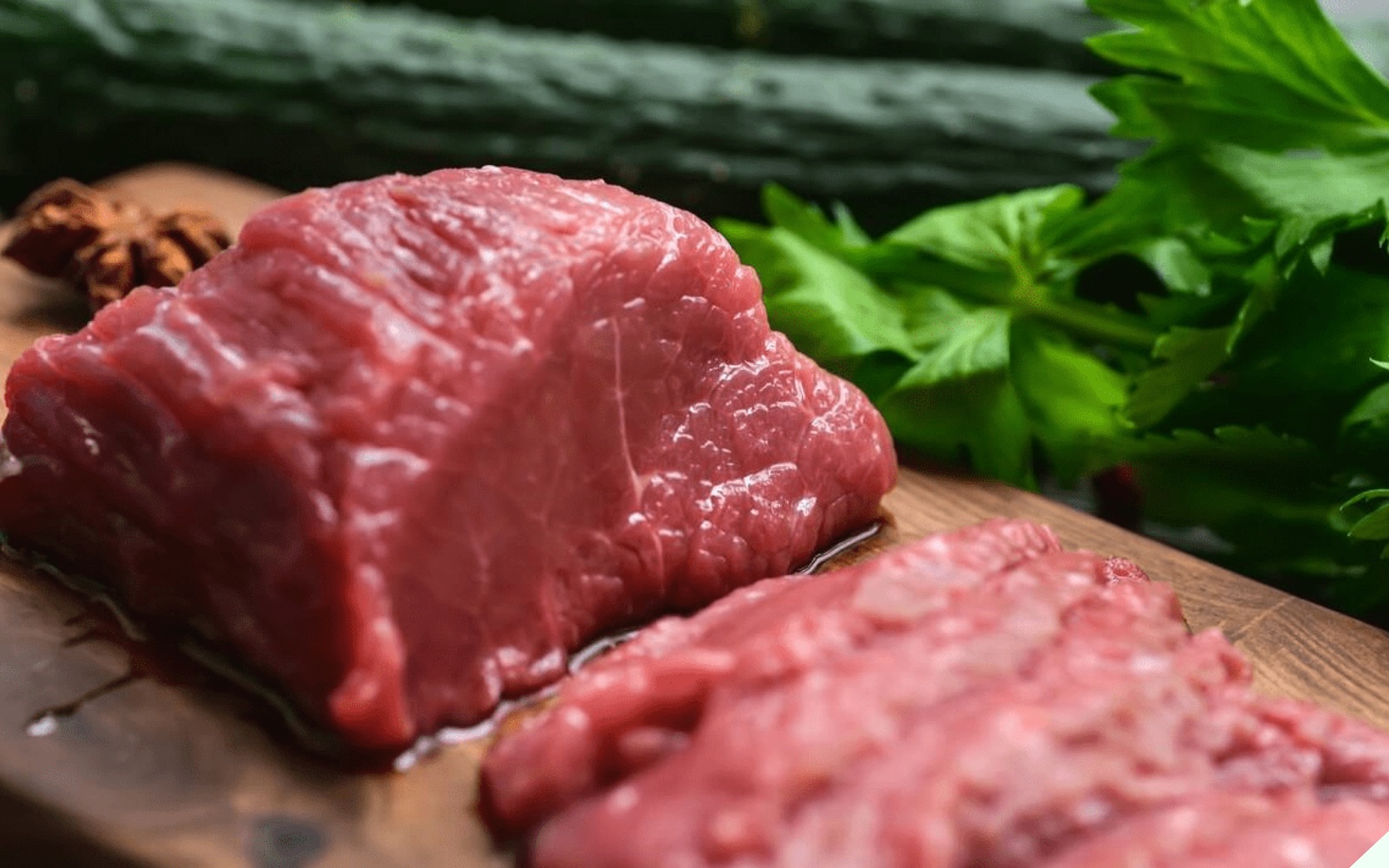
There are many questions surrounding the topic of whether meat should be cut with or against the grain. According to experienced chefs, the way you slice the meat will depend on the type of meat and the cooking method. Cutting it the wrong way can make the meat lose its tenderness, become crumbly, and dry out during cooking.
Should Meat be Cut with or Against the Grain?
Chefs usually don’t cut meat with or against the grain but rather on a bias for the following reasons:
– Cutting Against the Grain
Pork tends to fall apart easily when cut against the grain. This is because pork is tender, with less fatty tissue, so cutting against the grain can make it crumbly.

– Meat can become dry and tough when cut with the grain
Pork has a low water content and is high in protein. When cut with the grain, the meat retains its original shape and may even become firmer.
During stir-frying or pan-frying, the heat causes the pork to contract, affecting the flavor and appearance of the dish. You may find the meat dry, tough, and unappetizing.
– Cutting on a Bias

Instead of cutting with or against the grain, many people choose to cut pork on a bias. This method produces beautiful slices of meat that work well for any cooking method. The meat remains in large, thin, tender pieces without falling apart. It’s suitable for stir-frying, pan-frying, grilling, or stewing.
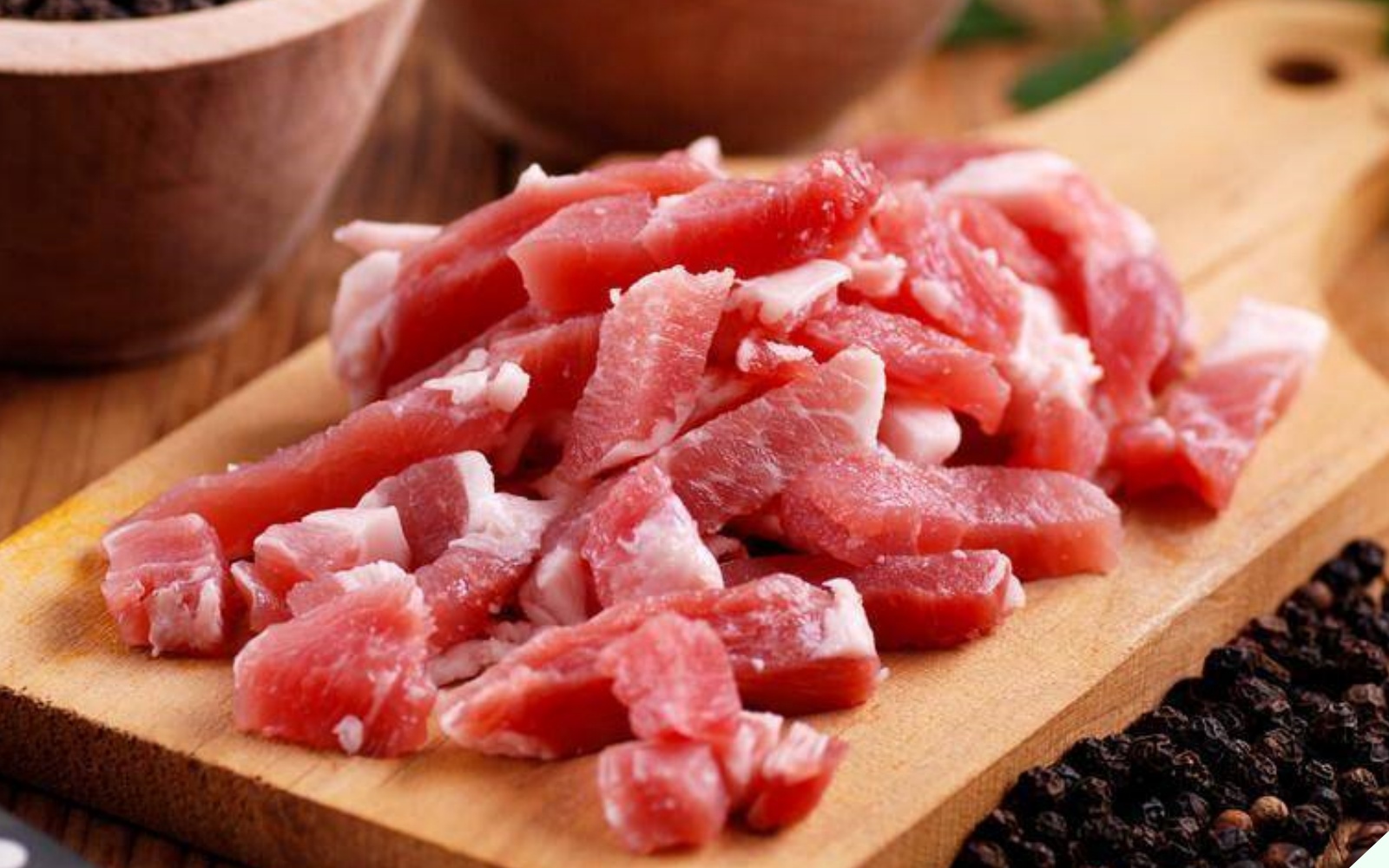
Tips for Cutting Meat like a 5-Star Chef
Freeze the Meat
One secret that chefs use is to partially freeze the meat. When the meat is slightly frozen, it’s much easier to slice. However, don’t leave it in the freezer for too long. The ideal freezing time is around 45 to 60 minutes.
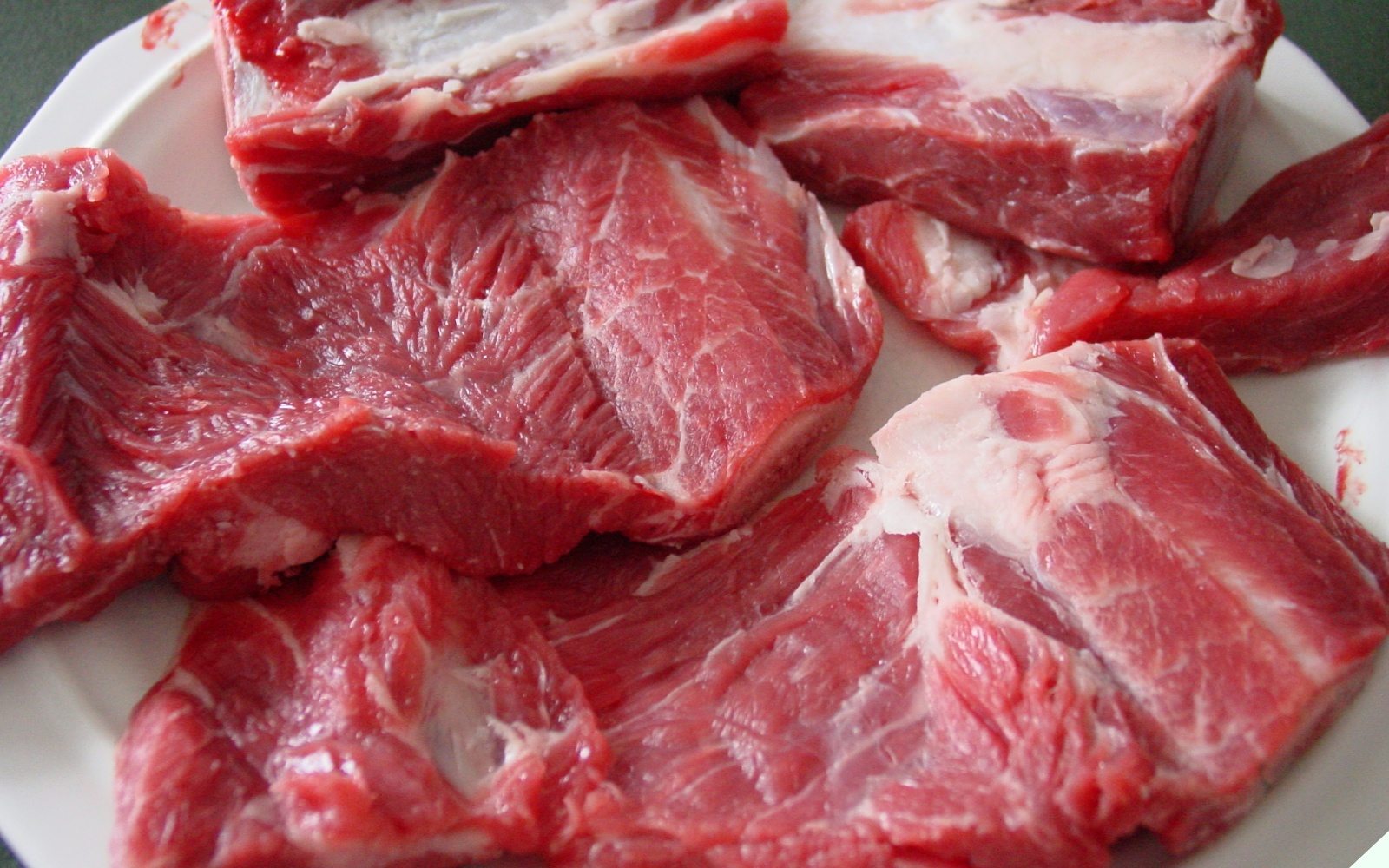
Choose the Right Type of Meat
The preparation method depends on the type of meat, which also affects how you cut it. For example, pork for frying should be cut into long slices with the grain. However, for stir-frying, cut the meat on a bias. Cutting with the grain can make it dry and tough, while cutting against the grain can make it crumbly.
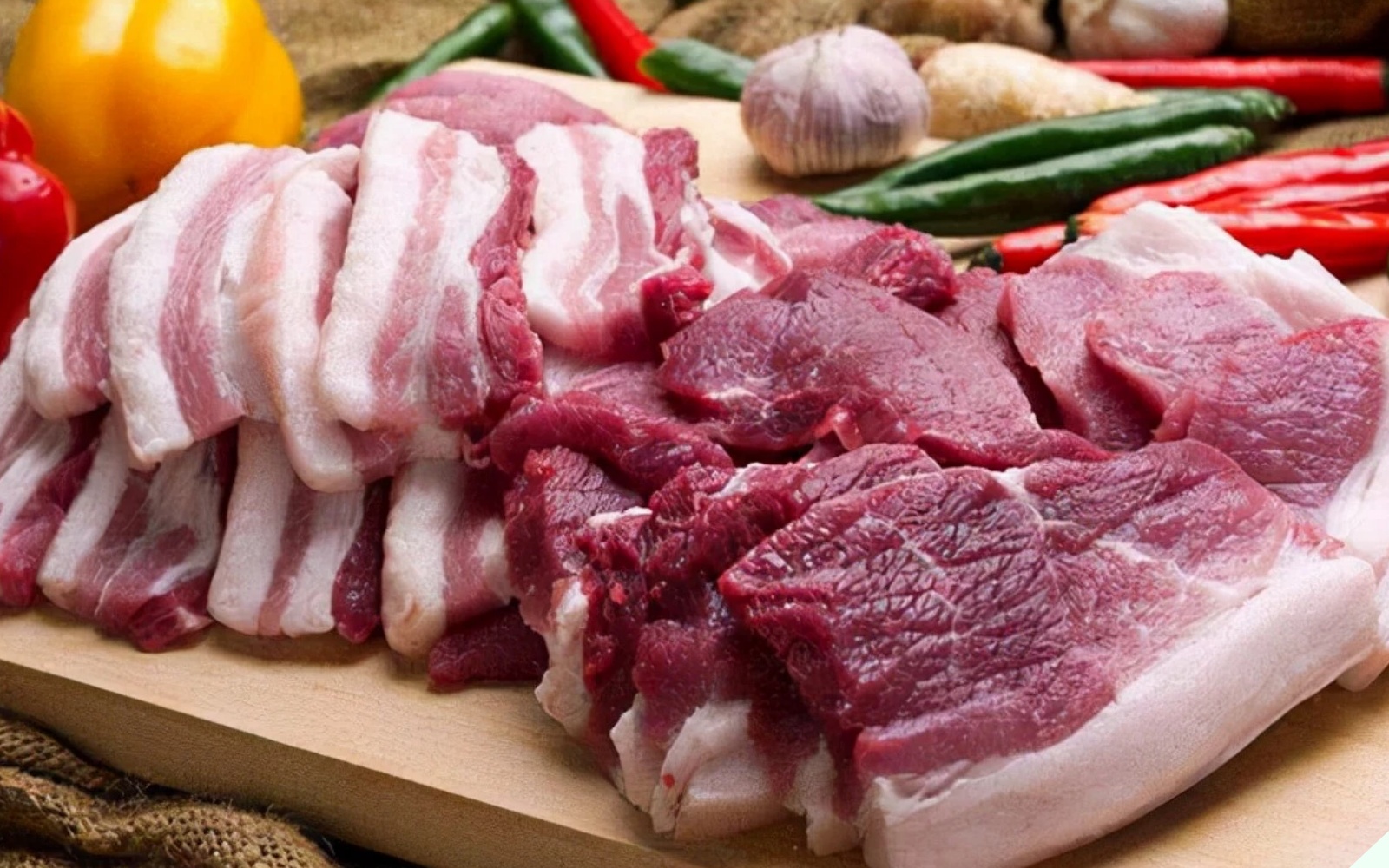
Be sure to check the quality of the meat before purchasing. Observe the color, elasticity, and aroma.
Use the Right Knife
You may already know that the right knife can make a big difference in the taste of the meat. When choosing a kitchen knife, look for one with a sharp blade and a comfortable size. If the knife is dull or too small, the cuts won’t be clean.
It’s important to select a thin, sharp blade that is long enough to easily slice through the meat. Using a dull knife can result in uneven slices and moisture loss.
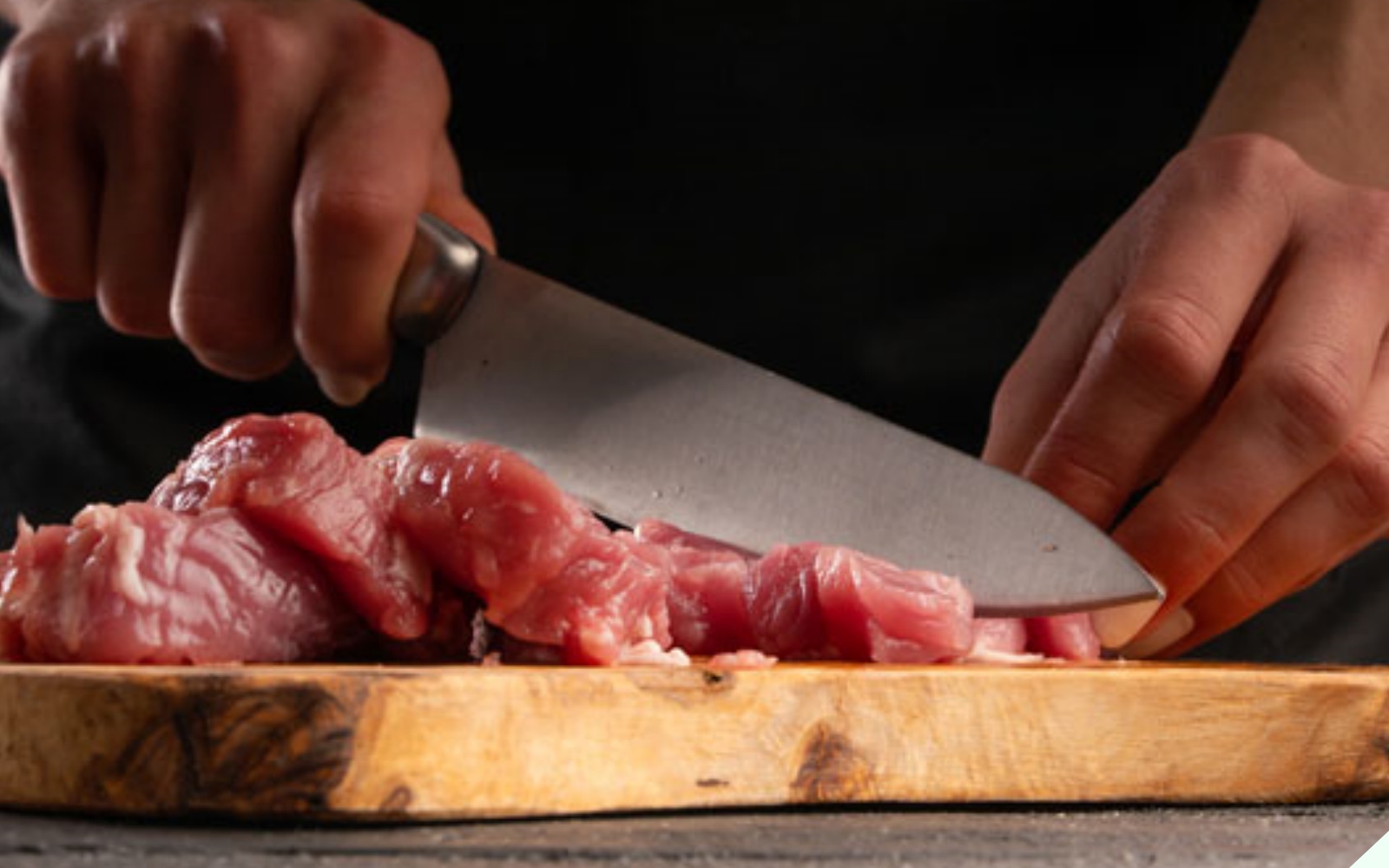
Cut the Meat Properly
– Don’t use too much force when cutting meat.
– Gently glide the knife backward to make a clean cut.
There are many delicious pork dishes, and on cold days, a hearty pork stew is a popular choice. Check out the simple recipe below; it’s mouthwatering and perfect with rice.
How to Make Delicious Pork Stew
Ingredients:
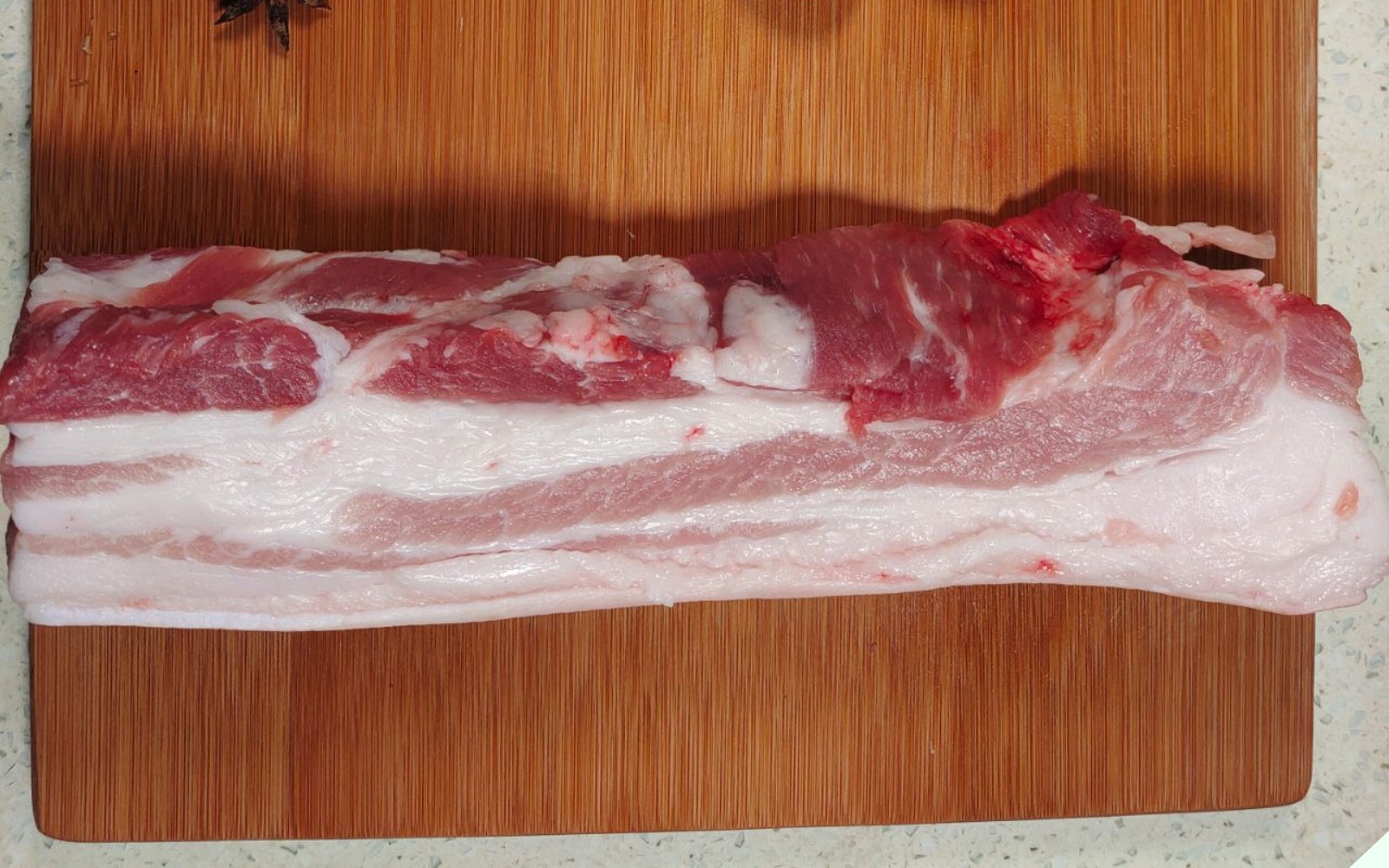
– Pork belly: 500g
– Spring onions, ginger
– Bay leaves
– Dried chili peppers
– Rock sugar
– Star anise
– Cinnamon
– Soy sauce
Instructions
Step 1: Prepare the Ingredients
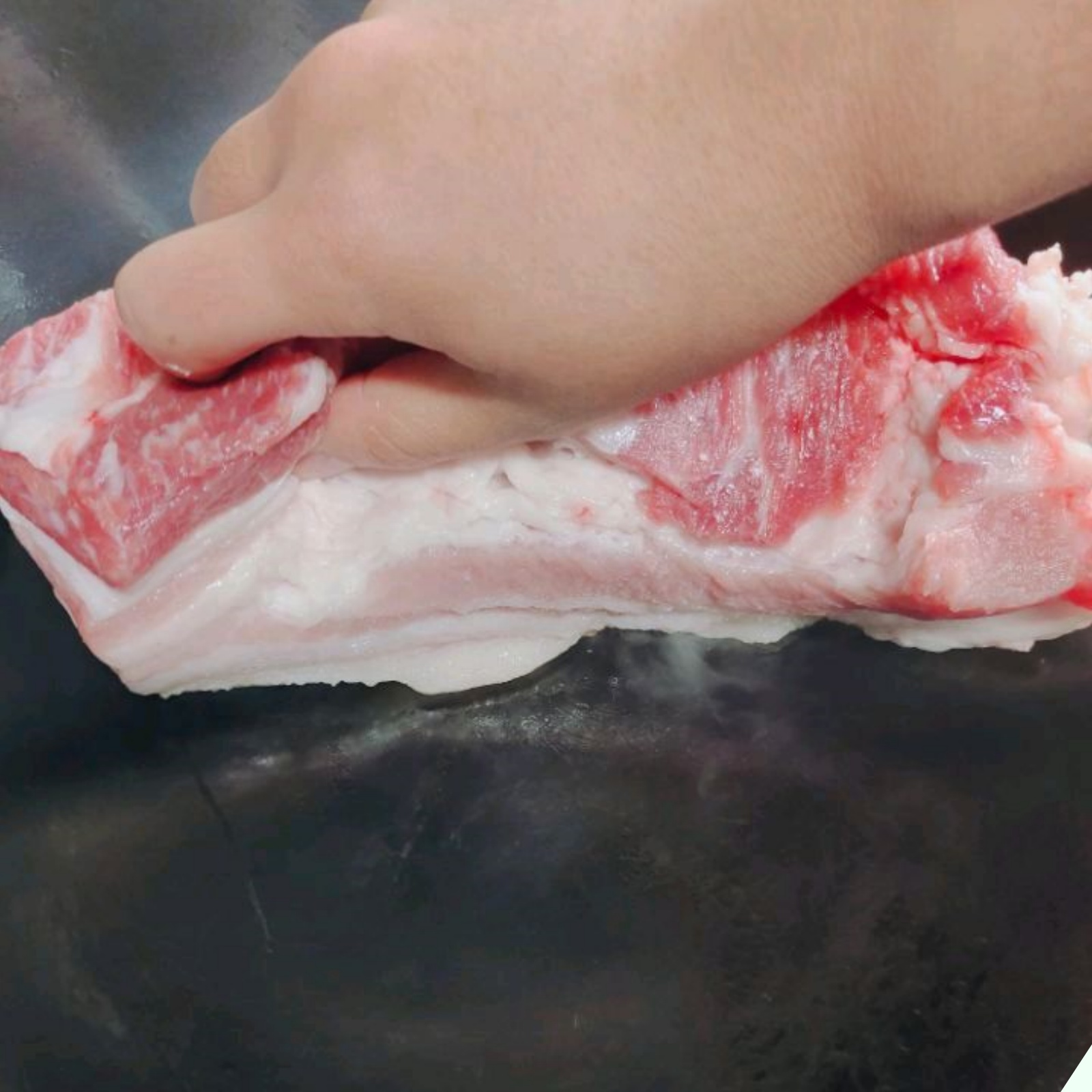
– Lightly rub the pork skin on a hot pan to remove any remaining hair follicles and sweat glands, improving the aroma.
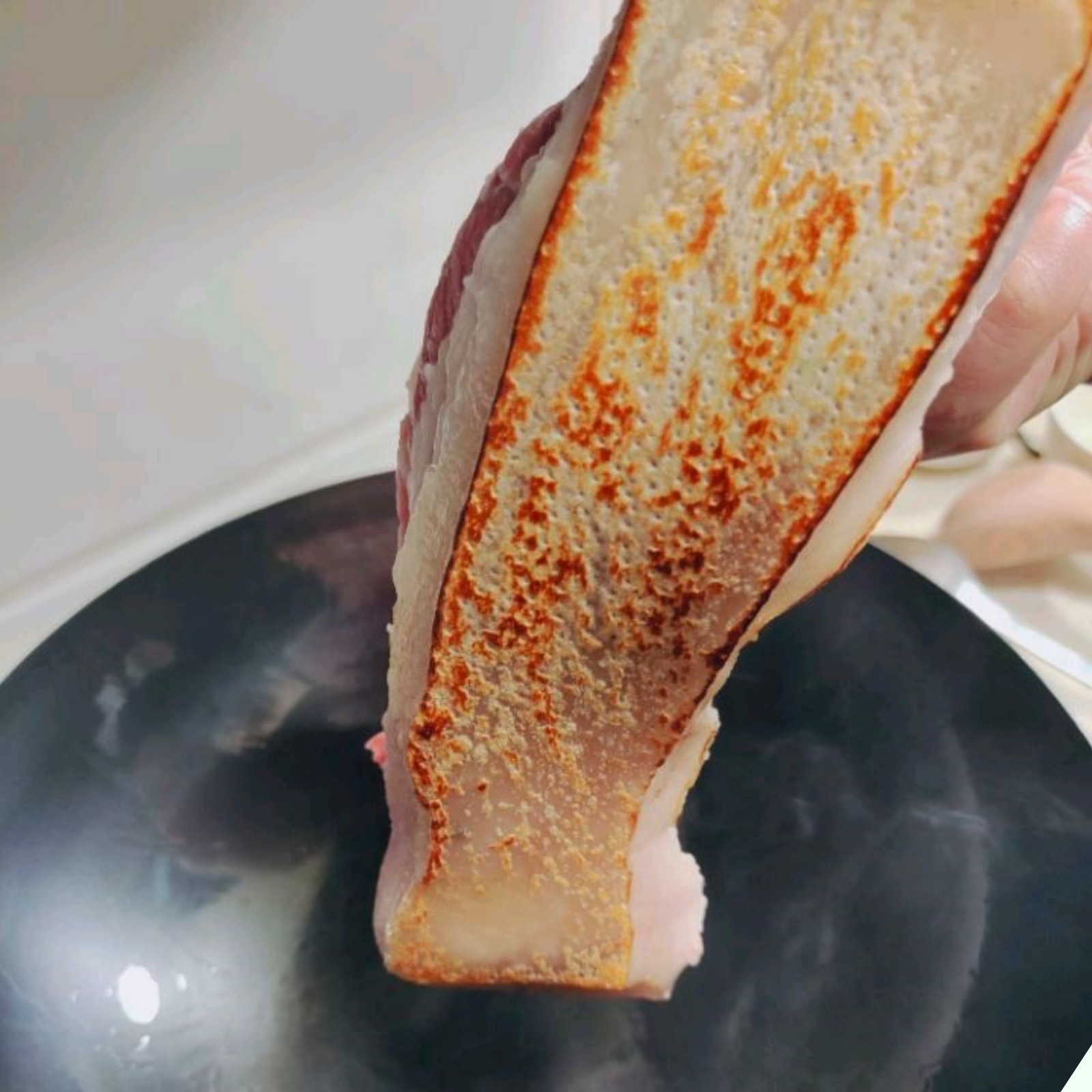
– Use a knife to scrape off any slightly burnt parts, then rinse with clean water.

– In a pot, boil water with spring onions, ginger, and cooking wine, then briefly blanch the pork.

– After 2-3 minutes, remove the pork from the pot.

– Cut the pork into bite-sized squares.
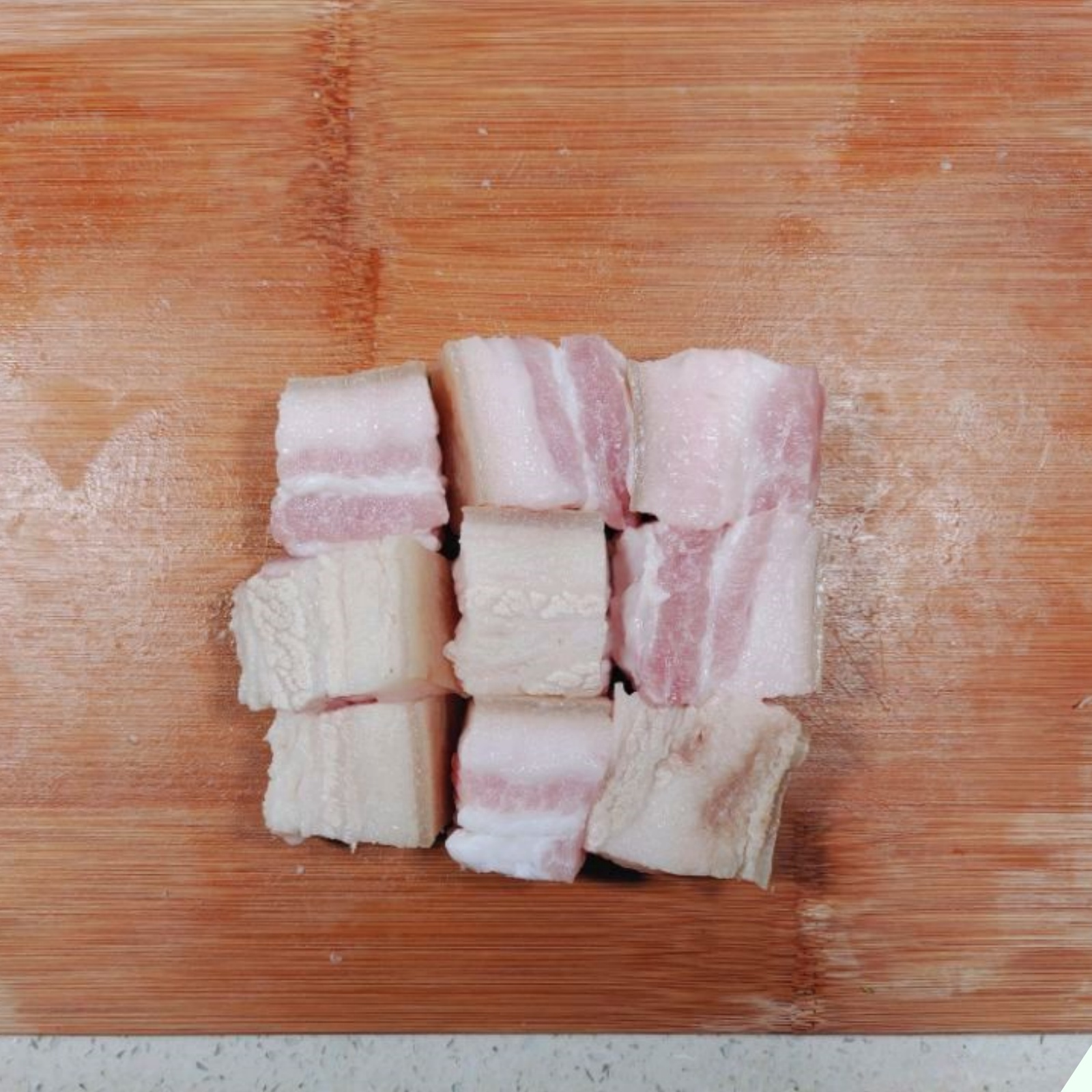
Step 2: Fry the Pork
In a pan, fry the pork pieces to render some of the fat, making the stew less greasy.

Step 3: Make the Caramel

– In a pan, heat some oil and add rock sugar.

– When the sugar turns a caramel color, add the pork pieces.
Step 4: Braise the Pork
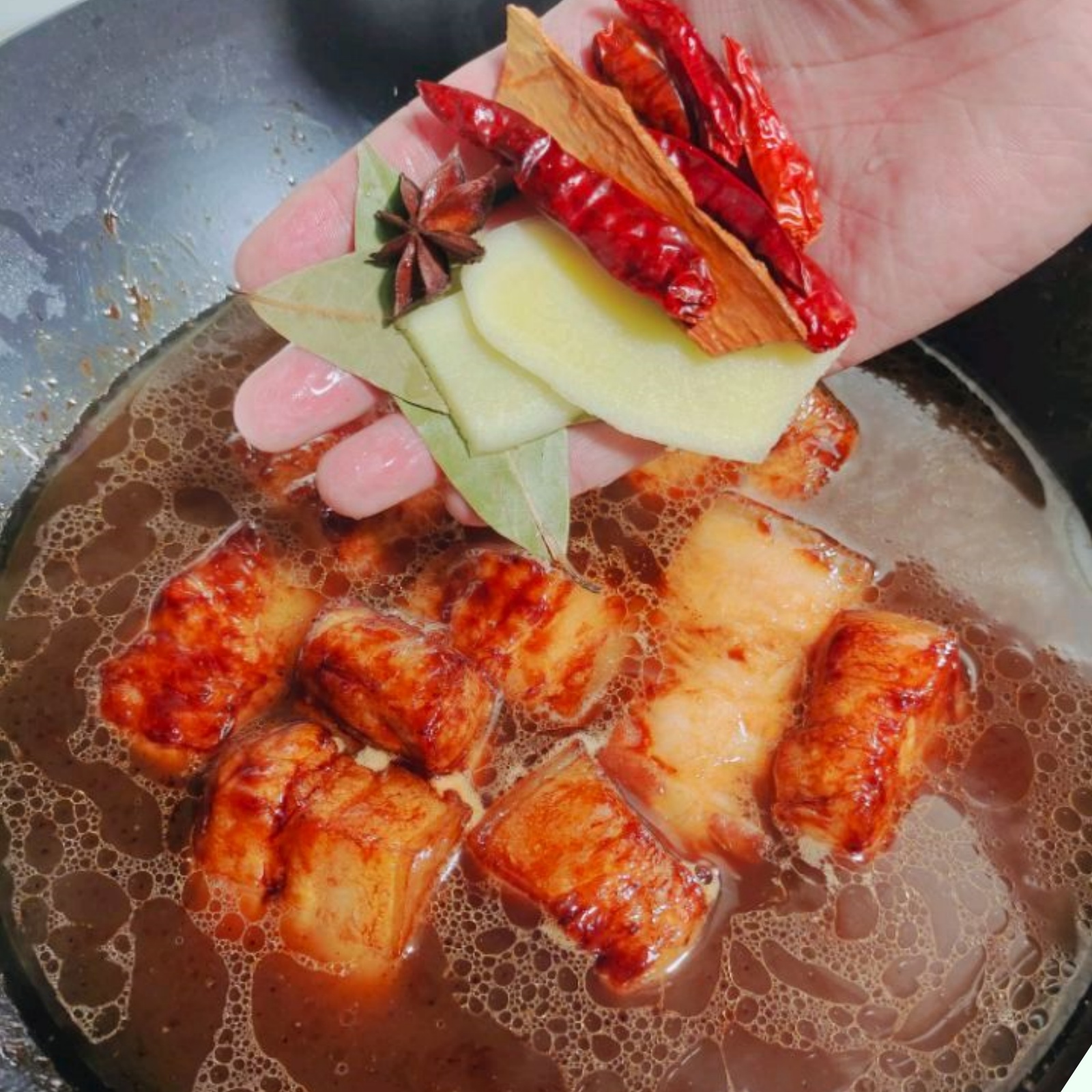
– Add water to just cover the pork, then season with salt, ginger, bay leaves, cinnamon, star anise, pepper, and soy sauce.
– Simmer on low heat for about an hour until the pork is tender and fragrant.
Step 5: Finish and Serve
– Garnish with spring onions.

– Arrange the pork on a plate and pour the sauce on top. The savory sauce permeates the tender pork, making it irresistible.
This stew has a beautiful color, a fragrant aroma of cinnamon and star anise, and a rich flavor from the pork belly. It’s a delicious dish that pairs perfectly with rice.
The Ultimate Guide to Braised Pork Belly: A Hearty and Flavorful Dish for a Cozy Rainy-Day Meal
The tantalizing flavors of braised pork belly have long been a staple in Vietnamese cuisine. This hearty dish, known as ‘thịt kho tàu’, is a flavorful masterpiece that deserves a place in your culinary repertoire. With its tender, melt-in-your-mouth meat and a rich, savory sauce, it’s a dish that demands attention. Today, we’ll guide you through the art of crafting this delicious delicacy, ensuring your taste buds embark on an unforgettable journey.
How to Make Delicious and Easy Bánh Bột Lọc with Shrimp and Pork at Home
Bánh bột lọc is a beloved dish, renowned for its robust flavor profile and generous use of familiar spices. The allure of this dish lies in its delicate balance of textures and flavors, captivating the palates of many. With a simple preparation using tapioca starch, this delectable treat is accessible to all, promising an irresistible culinary experience. Let’s embark on a journey to uncover the simplicity behind this exquisite delight.
The Ultimate Guide to Mouth-Watering Grilled Pork Noodle Delight: A Simple and Quick Recipe Sensation
“Bún thịt nướng is a traditional Vietnamese dish that has captured the hearts and taste buds of people across the country. With its origins dating back generations, this beloved dish has become a staple in the culinary repertoire of all three regions of Vietnam: North, Central, and South. It’s a true testament to the rich cultural heritage and diverse culinary landscape that Vietnam has to offer.”



































